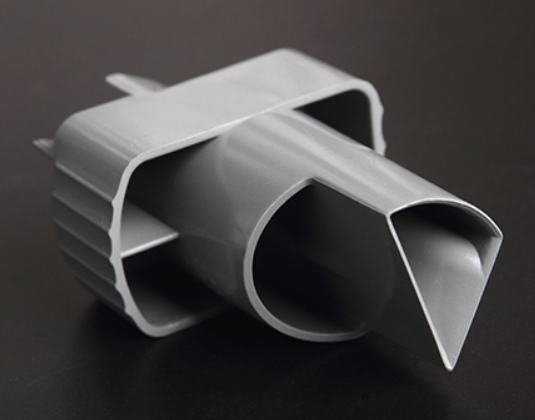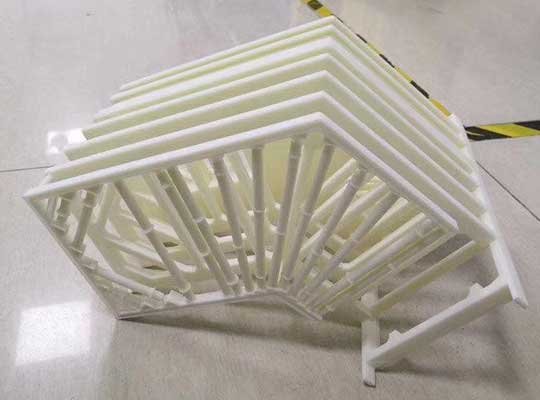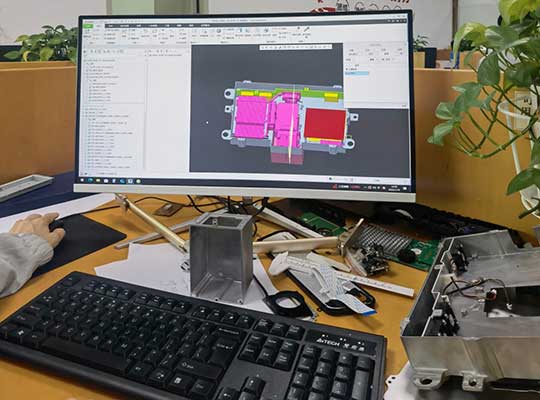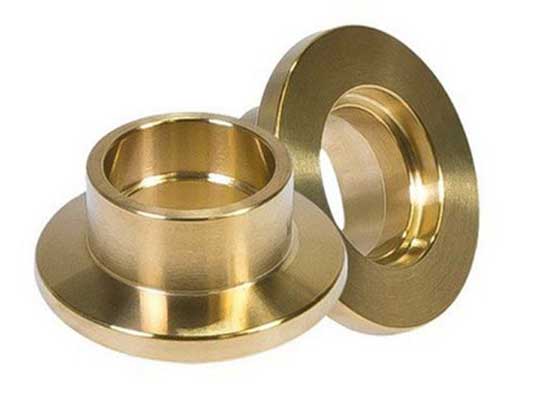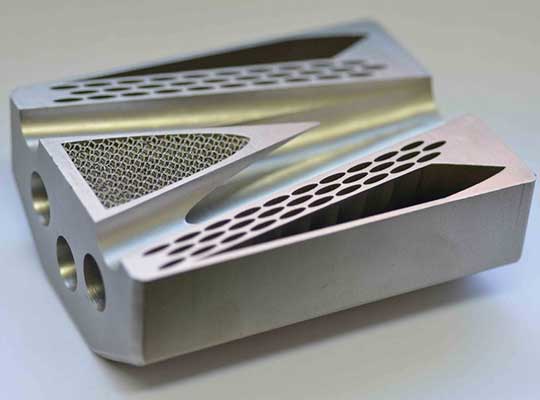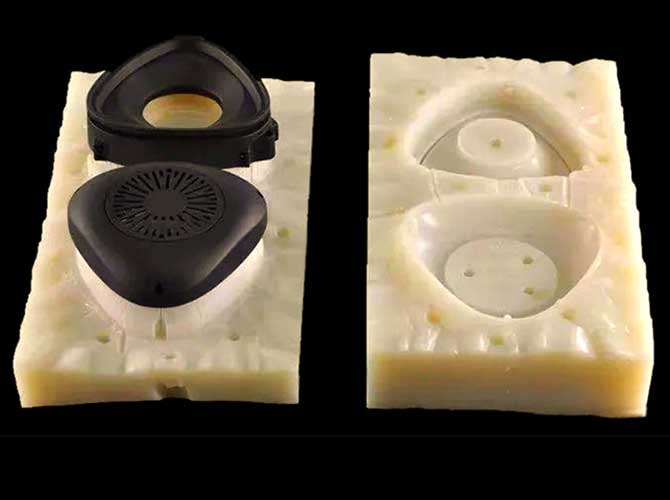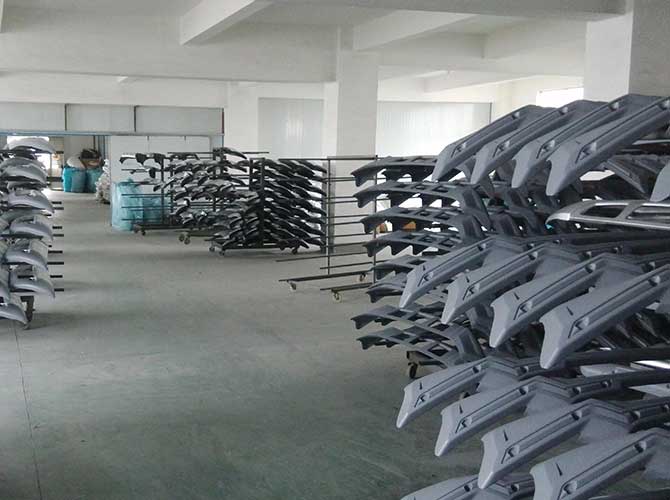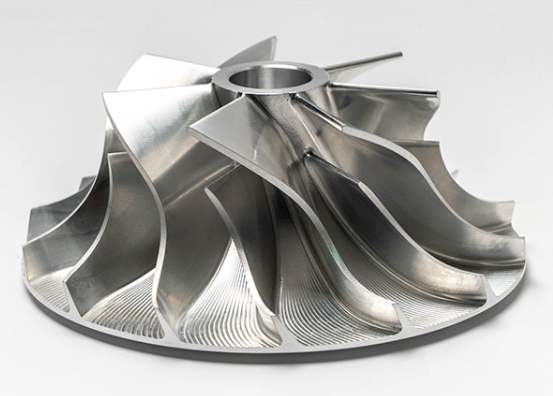If you’re a product designer or manufacturer looking to create accurate 3D printing handboards for new product development, أحد الأسئلة الأولى التي ستطرحها: “What materials should I use?” Choosing the right material directly affects your handboard’s durability, مظهر, and whether it matches your final product’s performance. Let’s break down the most common 3D printing handboard materials, their uses, and how to pick the best one for your project.
Common 3D Printing Handboard Materials & Their Key Details
To make it easy for you to compare, we’ve organized the top materials into a clear table. Each entry includes the material name, suitable 3D printing technology, main advantages, and typical handboard applications.
| نوع المواد | Suitable 3D Printing Technology | المزايا الرئيسية | Typical Handboard Applications | Average Cost (لكل كجم) |
| البلاستيك الهندسي (ABS/PLA) | FDM (نمذجة ترسب تنصهر) | تكلفة منخفضة, سهل الطباعة, good impact resistance (القيمة المطلقة) | نماذج المنتج المستهلك (ألعاب, household goods), structural test parts | \(20 – \)50 |
| Photopolymer Resins | SLA (مجسم)/DLP (معالجة الضوء الرقمي) | تفاصيل عالية, smooth surface finish, high precision | High-precision prototypes (electronic casings, jewelry models), visual display handboards | \(80 – \)150 |
| Rubber-Like Materials | FDM/SLS (انتقائي ليزر التلبد) | مرن, elastic, good grip | Handboards for soft parts (قبضة, حشيات, shoe soles) | \(60 – \)120 |
| المواد المعدنية (Titanium Alloy/Stainless Steel) | SLM (ذوبان الليزر الانتقائي)/SLS | قوة عالية, مقاومة التآكل, مقاومة الحرارة | Industrial part prototypes (مكونات السيارات, أجزاء الفضاء), functional test handboards | \(300 – \)800 |
| مواد السيراميك | SLA/SLS | High temperature resistance, high precision, aesthetic appeal | Artistic handboards, dental implant models, high-temperature test parts | \(150 – \)300 |
| المواد المركبة (Carbon Fiber-Reinforced Plastic) | FDM/SLS | خفيف الوزن, قوة عالية, rigid | High-performance handboards (إطارات الطائرات بدون طيار, sports equipment prototypes) | \(100 – \)250 |
| المواد الغذائية (Sugar/Chocolate) | Specialized Food 3D Printers | Edible, customizable shapes | Promotional handboards (food product samples, decorative cake toppers) | \(50 – \)100 |
| Gypsum Materials (Colored) | Binder Jetting | Vibrant colors, سهل التشكيل, تكلفة منخفضة | Visual display handboards (sculptures, architectural models) | \(30 – \)80 |
| Artificial Bone Powder | SLS/SLM | Biocompatible, matches bone structure | Medical handboards (orthopedic implant prototypes, أدلة جراحية) | \(500 – \)1,200 |
How to Choose the Right Material for Your 3D Printing Handboard
Picking a material isn’t just about cost—it needs to fit your handboard’s purpose. هنا 4 key factors to consider, with simple questions to guide your decision:
1. What’s the Handboard’s Main Use?
- If it’s for visual display (على سبيل المثال, showing a product’s design to clients), اذهب ل photopolymer resins (سطح أملس) أو colored gypsum (vibrant colors).
- If it’s for اختبار وظيفي (على سبيل المثال, checking if a part can withstand pressure), choose engineering plastics (القيمة المطلقة) أو metal materials (قوة عالية).
- If it’s for medical or biocompatible needs (على سبيل المثال, orthopedic prototypes), artificial bone powder is the top choice.
2. What’s Your Budget?
- Budget-friendly options (under $50/kg): جيش التحرير الشعبى الصينى (a type of engineering plastic) and gypsum. Great for simple visual handboards.
- Mid-range options (\(50 – \)200/kg): القيمة المطلقة, rubber-like materials, and composite materials. Balanced for most testing and display needs.
- High-end options (over $200/kg): المعادن (titanium alloy) and artificial bone powder. For industrial or medical-grade handboards.
3. Do You Need Special Properties?
- Flexibility: Rubber-like materials are the only choice for handboards that need to bend (على سبيل المثال, a prototype of a phone case with a soft edge).
- مقاومة الحرارة: Ceramic materials or stainless steel work best if your handboard will be exposed to high temperatures (على سبيل المثال, a prototype of a kitchen appliance part).
- خفيف الوزن & قوة: Composite materials like carbon fiber-reinforced plastic are perfect for handboards that need to be strong but not heavy (على سبيل المثال, a drone frame prototype).
Yigu Technology’s View on 3D Printing Handboard Materials
في Yigu Technology, we believe that the right 3D printing handboard material is the bridge between design ideas and market-ready products. Based on our work with hundreds of manufacturing clients, engineering plastics (ABS/PLA) و photopolymer resins are the most versatile choices for most new product 研发 (ص&د) projects—they balance cost, ease of printing, and performance. For industrial clients needing high-strength handboards, we recommend carbon fiber composites or stainless steel, as they replicate the durability of final parts. We also see growing demand for biocompatible materials like artificial bone powder in medical R&د, and we’re committed to offering these options to support innovative healthcare solutions.
التعليمات
س 1: Can I use PLA for functional test handboards?
PLA is great for visual handboards, but it’s less durable than ABS. For light functional tests (على سبيل المثال, checking fit), it works. But for tests involving impact or heat, ABS or metal is better.
Q2: Are rubber-like materials suitable for long-term handboard use?
Rubber-like materials can degrade slightly over time (especially if exposed to sunlight), so they’re best for short-term handboards (على سبيل المثال, 1-3 months of testing). For longer use, consider adding a protective coating.
س 3: How much does a metal 3D printing handboard cost compared to a plastic one?
On average, a metal handboard costs 5-10 times more than a plastic one. على سبيل المثال, a small plastic handboard (100g) might cost \(5-\)10, while a similar metal handboard could cost \(50-\)100. The exact price depends on the metal type (titanium is more expensive than stainless steel) and handboard size.
